The term Spasticity or Spasticity comes from the Greek and means something like "cramp". A spasticity is therefore a hardening and stiffening of muscles, which leads to movements becoming uncontrollable.
What is spasticity?

© Köpenicker - stock.adobe.com
Under one Spasticity or. Spasticity one does not understand a disease in its own right, but rather a symptom of a disease or injury to the central nervous system. Damage to the brain or the spinal cord always plays a role.
The voluntary movements of the body are coordinated by the central nervous system; if there is an injury, the signal transmission from the nerves to the muscles is impaired. The consequence of this is an uncoordinable muscle contraction, which leads to hardening and stiffening.
This muscle tension naturally results in uncomfortable pain. However, not every spasticity is equally pronounced in those affected. Some people only have limited freedom of movement, while others are completely physically handicapped by the spasticity. So the pattern of spastic paralysis looks different for each patient.
causes
There can be many different diseases or injuries responsible for one Spasticity be. The cause of this symptom is damage to the descending nerve connections from the brain to the spinal cord (pyramidal tract).
However, there is always damage to the unconscious part of the nervous system, the so-called extrapyramidal motor system. This prevents calming signals from being sent to the muscles, which disrupts the regulation of self-reflexes.
The result is painful muscle spasms. One of the most common causes of spasticity is a stroke, which destroys motor regions of the brain. In addition, cerebral haemorrhages, tumors in the spinal cord or in the brain, injuries or inflammations of the central nervous system, multiple sclerosis, brain damage in children (usually due to lack of oxygen at birth) and neurodegenerative diseases can trigger spasticity.
Symptoms, ailments & signs
Spasticity is very individual. In the best case scenario, it can only exist in a very light form and cause no significant restrictions. On the other end, there are severe symptoms that result in serious physical disability.
In principle, spasticity can affect any muscle. This often leads to flaccid paralysis before spastic paralysis. Furthermore, four types of spasticity are distinguished, each showing different symptoms. The paralysis of one extremity represents a monospasticity; the paralysis of both legs represents a paraspasticity; the paralysis of one side of the body represents a hemispasticity; the paralysis of all extremities represents a tetraspasticity. The latter can also be accompanied by symptoms of paralysis in the trunk or neck.
Other symptoms associated with spasticity include paralysis of the eyes or larynx. This can lead to squinting, speech and swallowing problems and slowed gaze and speech reflexes. The reflexes in spastic people are often expansive, follow apparently wrong movement patterns or are delayed.
Sometimes there are involuntary movements. Hand-eye coordination can be severely disturbed. Movements are sometimes very difficult for those affected. Spasticity can be associated with pain. With congenital spasticity, the early childhood reflexes are also retained. For example, those affected retain the palmar reflex.
Diagnosis & course
For diagnosing a Spasticity a detailed clinical-neurological examination is necessary. This initially focuses on the precise analysis of the causative neurological disease. Since spasticity often only emerges a few weeks or months after nerve damage, incidents from the past must also be included in the diagnosis.
This can be spinal surgery, infections, strokes or nerve-damaging accidents. A wide variety of body regions can be affected in spasticity. In general, one differentiates between one Monospasticity (the spasticity of a single limb), one Tetraspastic (the spastic paralysis of all extremities), one Hemispasticity (the spasticity of one half of the body) and one Paraspasticity (the spastic paralysis of the legs).
The eye, swallowing and speech muscles can also be impaired by spasticity, which leads to further restrictions for the patient.
Complications
Spasticity has a very negative effect on the life and everyday life of the person affected. The further course depends very much on the exact severity of the spasticity, so that a universal prognosis cannot usually be given. However, the patients suffer from various types of paralysis or from sensitivity disorders.
This can also lead to swallowing difficulties, so that normal consumption of food and liquids is not easily possible for the patient. The reflexes and movements of the muscles are also clearly slowed down and muscle wasting occurs. Especially in children, spasticity can lead to teasing or bullying and thus also cause psychological complaints or depression. Those affected often suffer from involuntary movements and twitching.
Problems with coordination and cramps in the muscles can also occur and make everyday life much more difficult for those affected. A causal treatment of the spasticity is unfortunately not possible. Those affected are dependent on various therapies that are intended to make everyday life easier. Life expectancy is usually not reduced by spasticity. Unfortunately, however, a completely positive course of the disease cannot be achieved.
When should you go to the doctor?
A doctor must be consulted in the event of spasticity. Self-healing cannot occur with this disease, so that the person affected is always dependent on medical treatment. In most cases, spasticity cannot be completely cured, but the symptoms can be alleviated, so that the patient's everyday life is also made easier. A doctor should be consulted if the person concerned suffers from involuntary twitches in the muscles. Paralysis of muscles can also indicate spasticity and should be examined by a doctor.
Many sufferers cannot speak or swallow properly, so that the intake of food and fluids is made significantly more difficult by the spasticity. If these symptoms occur, a doctor must be consulted immediately. The earlier the doctor is consulted, the better the further course of the disease is usually. Spasticity can be recognized by a pediatrician or a general practitioner. The further treatment depends very much on the severity and type of spasticity and is then carried out by a specialist.
Treatment & Therapy
The complete healing of one Spasticity is not possible, but the individual symptoms can be treated symptomatically. Since this is a complex clinical picture, it is advantageous to treat the spasticity with the involvement of doctors from various specialties.
Each patient receives a therapy plan that is individually tailored to their symptoms. The most important thing here is to achieve an approximate restoration of the motor skills that were lost due to the spasticity. Since our brain is able to retrain such things, a functional restoration can be achieved, for example, through occupational therapy, physiotherapy or similar measures.
Exercise therapy aims to specifically train the affected muscle parts, which can be achieved, for example, by training on certain therapy devices. In some cases, certain movement exercises are also supported by the use of splints or plaster casts. Therapeutic riding is also a suitable means of counteracting spasticity.
Of course, there are also various drug treatments that can be used for spastic paralysis. A tried and tested drug is botulinum toxin, which is injected into the affected muscle. In spasticity, oral drugs are also used to relax the muscles and to inhibit the neuromuscular transmission of stimuli. However, the undesirable side effects are often greater than the hoped-for effect in combating the spasticity.
You can find your medication here
➔ Medicines for muscle crampsprevention
Preventive measures to prevent the spread of Spasticity are, for example, surgical interventions to anticipate a deformation or to counteract a worsening of the spastic movement patterns. This includes, for example, the lengthening of tendons, bone changes or muscle dislocations.
Aftercare
The extent to which follow-up care is necessary depends on the symptoms of spasticity. Basically, two extremes can be distinguished: some sufferers remain in a spastic state their entire life, others can participate in their normal everyday life if the signs remain. This means that aftercare has the functions of everyday support and long-term treatment.
Exercise therapy has proven its worth in particular to alleviate the symptoms. Patients have sessions with a therapist prescribed by their treating physician. The intensity of the exercises depends on the individual symptoms. In addition, they use suitable aids in their everyday life that enable them to be as independent as possible.
Wheelchairs, assistants and corsets are often used. In addition, there is also a range of antispastic drugs. A doctor will prescribe suitable means and regularly adjust them to the clinical picture. Sometimes the question of the extent to which an operation can help improve the symptoms also plays a role in aftercare.
This can help prevent deformations, for example. Spasticity can affect any area of life. Restrictions and effects are given, starting with the living situation through to exercising a job. This puts a strain on the psyche, especially in adults. Therapy leads to stabilization.
You can do that yourself
If cramps occur, the person affected, but also the people present, should always remain calm if possible. Additional stressors or hectic movements are to be avoided. They worsen the general state of health further and in no way help to improve the situation. Knowing and dealing with first aid measures is important so that life-saving actions can be carried out in emergency situations.
Spasticity indicates an underlying disease. It is a symptom and not an independent disease. Therefore, the cause of the symptoms must be determined in cooperation with a doctor. Depending on the underlying disease, the further possibilities for self-help are designed. They are therefore individual and must be checked on a case-by-case basis.
What they all have in common is the use of exercise therapy. This can also be used independently by the person affected outside of the therapy, if possible. Targeted training and exercise units to improve mobility help to cope with the underlying disease and can reduce the occurrence of spasticity. The movement exercises should be carried out daily so that the symptoms are relieved and well-being is improved. In addition, a stable social environment is helpful in coping with the underlying disease.

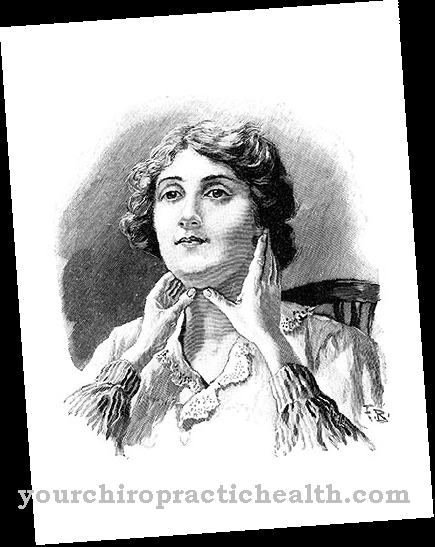
.jpg)

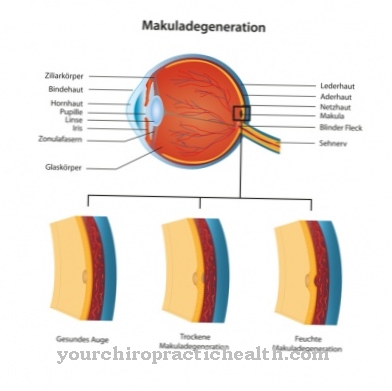
.jpg)
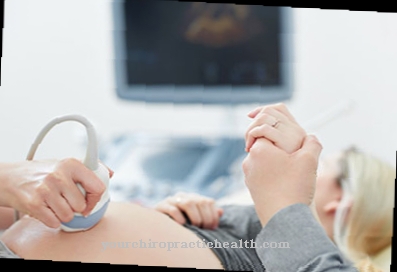

.jpg)



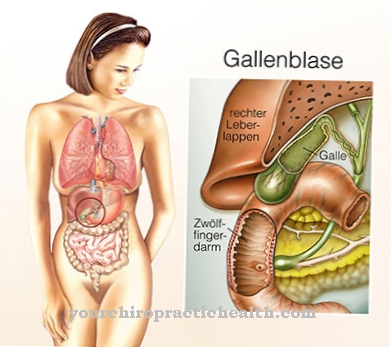


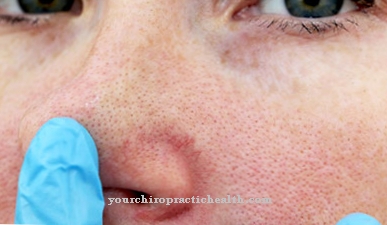
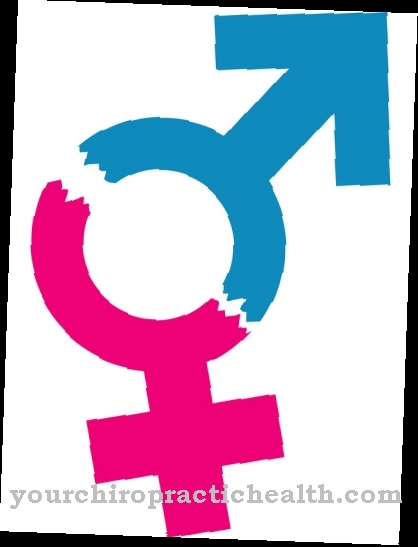
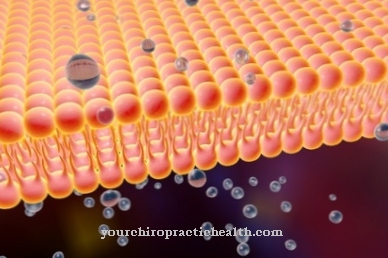

.jpg)
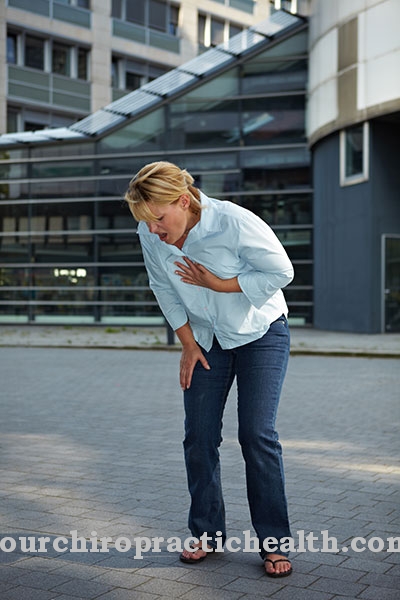
.jpg)

.jpg)




